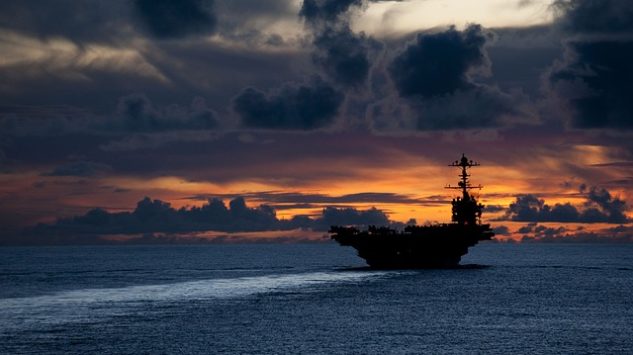Issue Briefs

Why Aircraft Carriers Are The Most Cost-Effective Way Of Containing China’s Military
September 16, 2019
By Loren Thompson
Deterring and/or defeating aggression by China’s military has become a top priority of U.S. defense strategy. Due to China’s geographical circumstances, Pentagon planners assume that any outward thrust of the People’s Liberation Army, Navy and Air Force would occur in the east, presumably using maritime routes. So it is there that America and its allies intend to block aggression—starting at the first island chain off the eastern coast that includes Japan, Taiwan and the Philippines.
The United States has diverse means for countering China’s military forces. Air Force assets based as far away as Guam could be brought to bear against a Chinese threat, as could Army units deployed to the island chain with long-range missiles, and various naval assets in the U.S. Pacific Fleet. Washington’s ideas about the best mix and application of friendly forces in the region are constantly evolving.
The views and opinions expressed in this issue brief are those of the author.
| Loren B. Thompson is a Senior Adviser at GPI, Chief Operating Officer of the non-profit Lexington Institute and Chief Executive Officer of Source Associates, a for-profit consultancy. Prior to holding his present positions, he was Deputy Director of the Security Studies Program at Georgetown University and taught graduate-level courses in strategy, technology and media affairs at Georgetown. He has also taught at Harvard University’s Kennedy School of Government. Mr. Thompson holds doctoral and masters degrees in government from Georgetown University and a bachelor of science degree in political science from Northeastern University. |